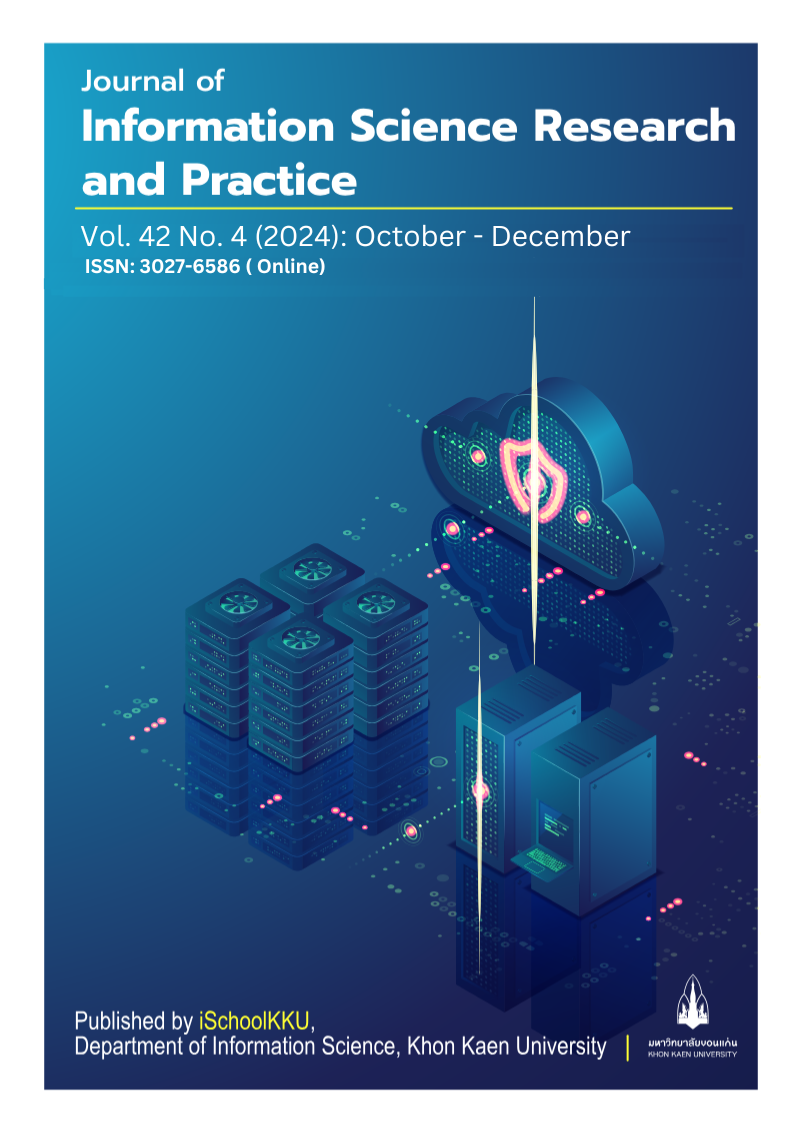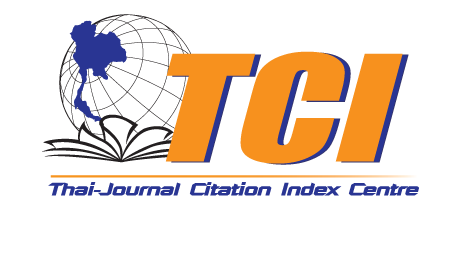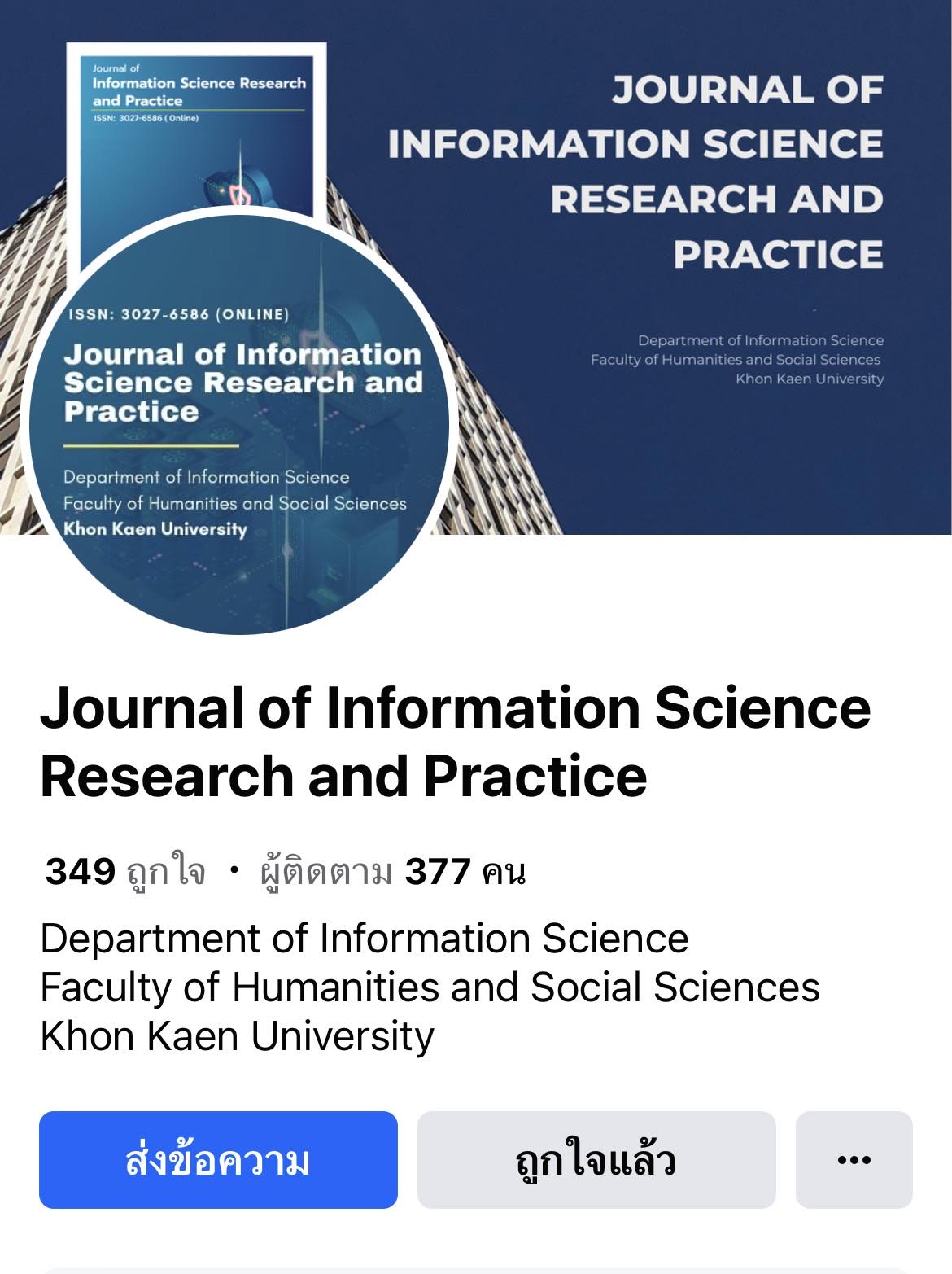A Design and Development of Food Security Management System for Household-level FCS Prediction using Machine Learning
DOI:
https://doi.org/10.14456/jiskku.2024.30Keywords:
Algorithms, Food security, Machine learningAbstract
Purpose: This study aims to design and develop a data collection and analysis system capable of accurately predicting the Food Consumption Score (FCS) within the context of Thailand, supporting effective food security management.
Methodology: A data collection and analysis system was developed and utilized by a network of food security researchers from 10 Rajabhat Universities. The collected data were applied to machine learning algorithms, including Naïve Bayes, Support Vector Machine (SVM), Random Forest (RF), k-Nearest Neighbors (kNN), and Extreme Gradient Boosting (XGBoost), to build an FCS prediction model.
Findings: The study found that the XGBoost algorithm demonstrated the highest accuracy in predicting FCS, with a precision rate of at least 99%. This highlights its potential as a predictive tool for food security in Thailand.
Application of this study: The developed system and model can serve as critical tools for monitoring and forecasting household-level food security. They can support decision-making, policy planning, and the efficient management of food security challenges with speed and precision.
Downloads
References
Breiman, L. (2001). Random Forests. Machine Learning, 45(1), 5–32. https://doi.org/10.1023/a:1010933404324
Chen, T., & Guestrin, C. (2016). XGBoost: A Scalable Tree Boosting System. Proceedings of the 22nd ACM SIGKDD International Conference on Knowledge Discovery and Data Mining - KDD ’16, 785–794. https://doi.org/10.1145/2939672.2939785
Deléglise, H., Bégué, A., Interdonato, R., d’Hôtel, E. M., Roche, M., & Teisseire, M. (2020). Linking Heterogeneous Data for Food Security Prediction. Communications in Computer and Information Science, 335–344. https://doi.org/10.1007/978-3-030-65965-3_22
Deléglise, H., Interdonato, R., Bégué, A., Maître d’Hôtel, E., Teisseire, M., & Roche, M. (2022). Food security prediction from heterogeneous data combining machine and deep learning methods. Expert Systems with Applications, 190, 116189. https://doi.org/10.1016/j.eswa.2021.116189
Economist Impact. (2022). Global Food Security Index (GFSI). Retrieved from https://impact.economist.com/sustainability/project/food-security-index/
Eksiri, R. & Charoenratana, S. (2020). The Alternative and Survival of Food Workers in Food Security Amid Covid–19. Journal of Social Research and Review, 43(2), 23–54.
INDDEX Project. (2018). Household Food Insecurity Access Scale (HFIAS) | INDDEX Project. Retrieved from https://inddex.nutrition.tufts.edu/data4diets/indicator/household-food-insecurity-access-scale-hfias
James, G., Witten, D., Hastie, T., & Tibshirani, R. (2021). An Introduction to Statistical Learning with Applications in R. In Support Vector Machines, 2, 597. Springer.
Korb, K. B., & Nicholson, A. E. (2011). Bayesian artificial intelligence. Boca Raton, Fl: Crc Press.
Martini, G., Bracci, A., Riches, L., Jaiswal, S., Corea, M., Rivers, J., Husain, A., & Omodei, E. (2022). Machine learning can guide food security efforts when primary data are not available. Nature Food, 3(9), 716–728. https://doi.org/10.1038/s43016-022-00587-8
Maxwell, D., & Caldwell, R. (2008). The Coping Strategies Index (Field Methods Manual Second Edition). World Food Programme.
Nica-Avram, G., Harvey, J., Smith, G., Smith, A., & Goulding, J. (2021). Identifying food insecurity in food sharing networks via machine learning. Journal of Business Research, 131, 469–484. https://doi.org/10.1016/j.jbusres.2020.09.028
Oracle. (2024). MySQL. Retrieved from https://www.mysql.com/
Perktold, J., Seabold, S., & Taylor, J. (2023). Statistical models, hypothesis tests, and data exploration. Retrieved from https://www.statsmodels.org/
Razzaq, A., Ahmed, U. I., Hashim, S., Hussain, A., Qadri, S., Ullah, S., Shah, A. N., Imran, A., & Asghar, A. (2021). An Automatic Determining Food Security Status: Machine Learning based Analysis of Household Survey Data. International Journal of Food Properties, 24(1), 726–736. https://doi.org/10.1080/10942912.2021.1919703
Rezaei, N., & Jabbari, P. (2022). K-nearest neighbors in R. Elsevier EBooks, 181–190. https://doi.org/10.1016/b978-0-12-822400-7.00006-3
Scikit-learn. (2019). Scikit-learn: machine learning in Python. Retrieved from https://scikit-learn.org/stable/
United Nations. (2022). Food and Agriculture Organization of the United Nations. Retrieved from https://www.fao.org/
Vu, K., Vuong, N. D. T., Vu-Thanh, T.-A., & Nguyen, A. N. (2022). Income shock and food insecurity prediction Vietnam under the pandemic. World Development, 153, 105838. https://doi.org/10.1016/j.worlddev.2022.105838
Westerveld, J. J. L., Homberg, M. J. C. van den, Nobre, G. G., Berg, D. L. J. van den, Teklesadik, A. D., & Stuit, S. M. (2021). Forecasting transitions in the state of food security with machine learning using transferable features. Science of The Total Environment, 786, 147366. https://doi.org/10.1016/j.scitotenv.2021.147366
World Food Program. (2009). Comprehensive Food Security & Vulnerability Analysis Guidelines (Food Security Analysis Service). WFP.
You, E. (2022). The Progressive JavaScript Framework. Retrieved from https://vuejs.org/






